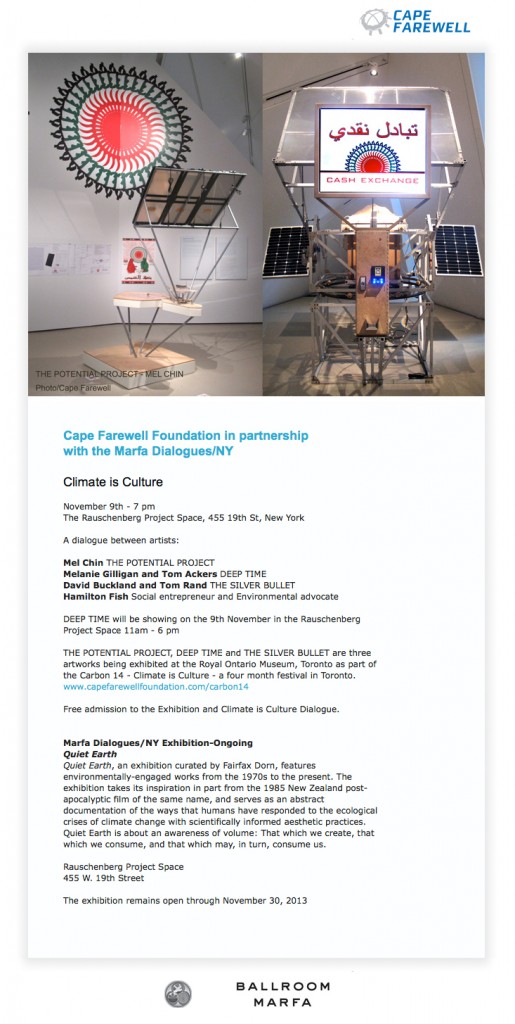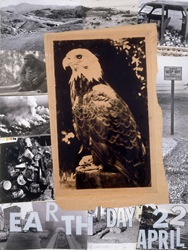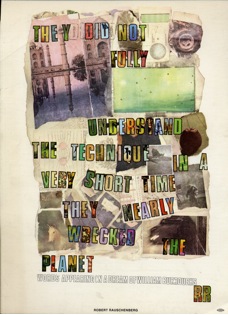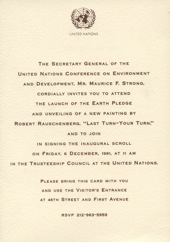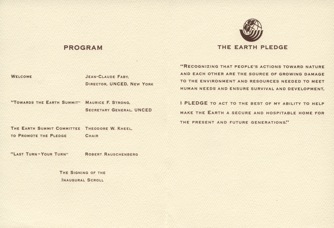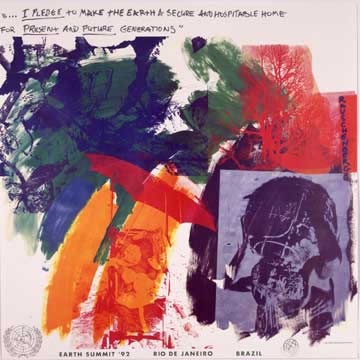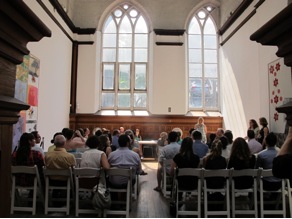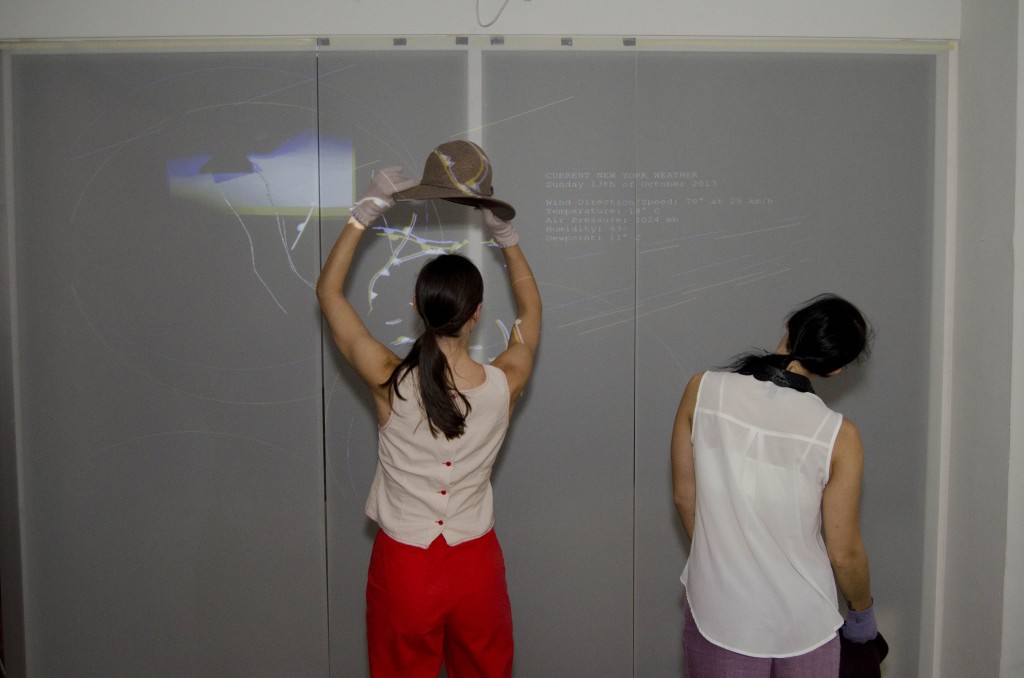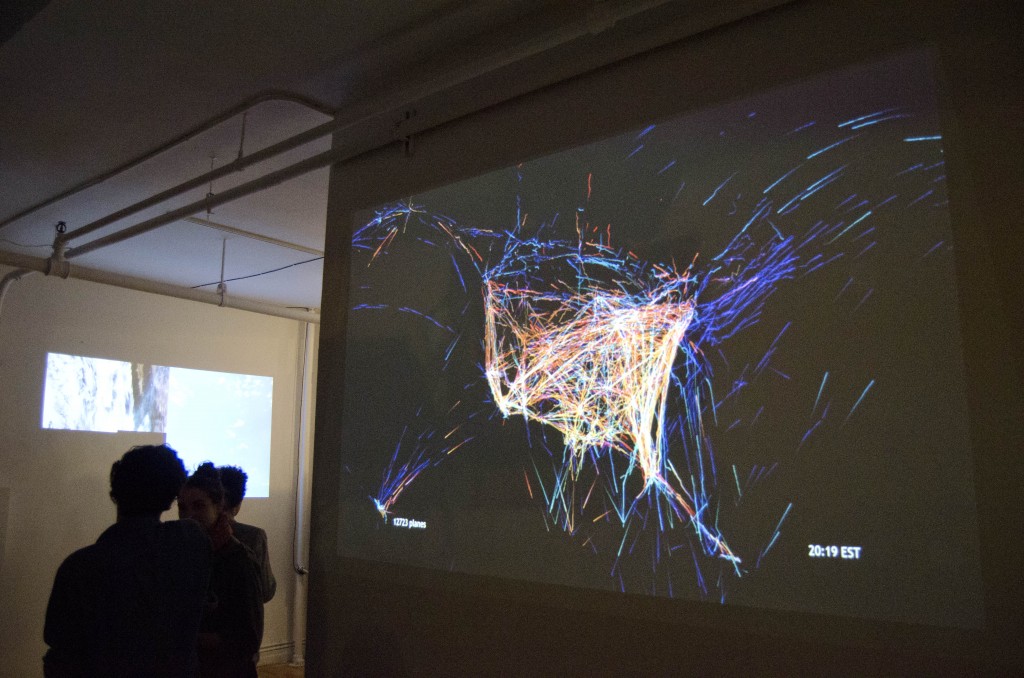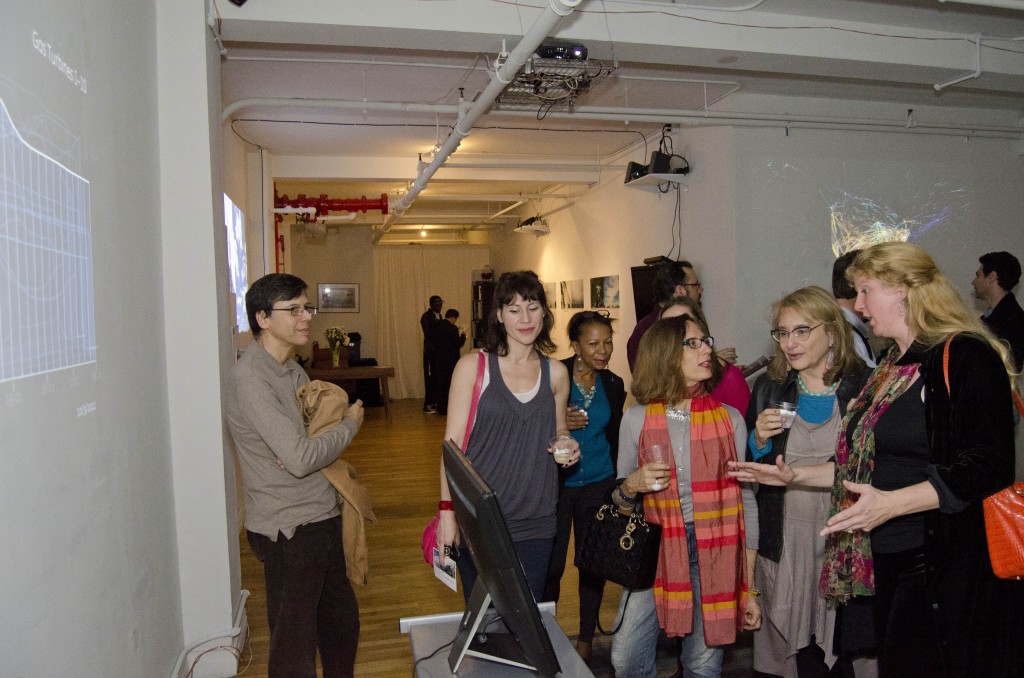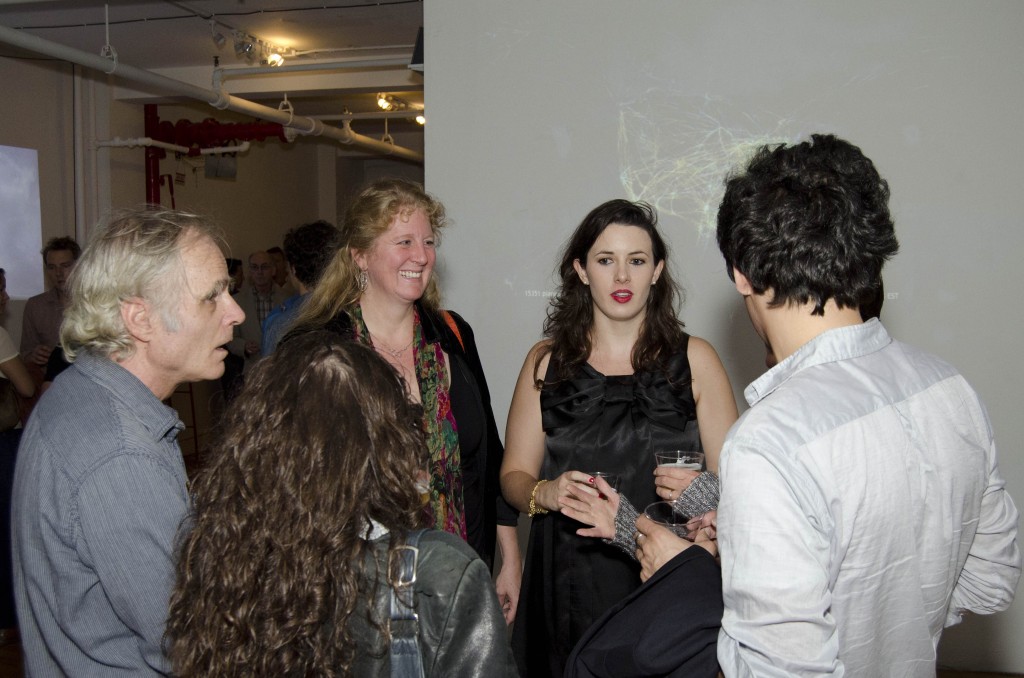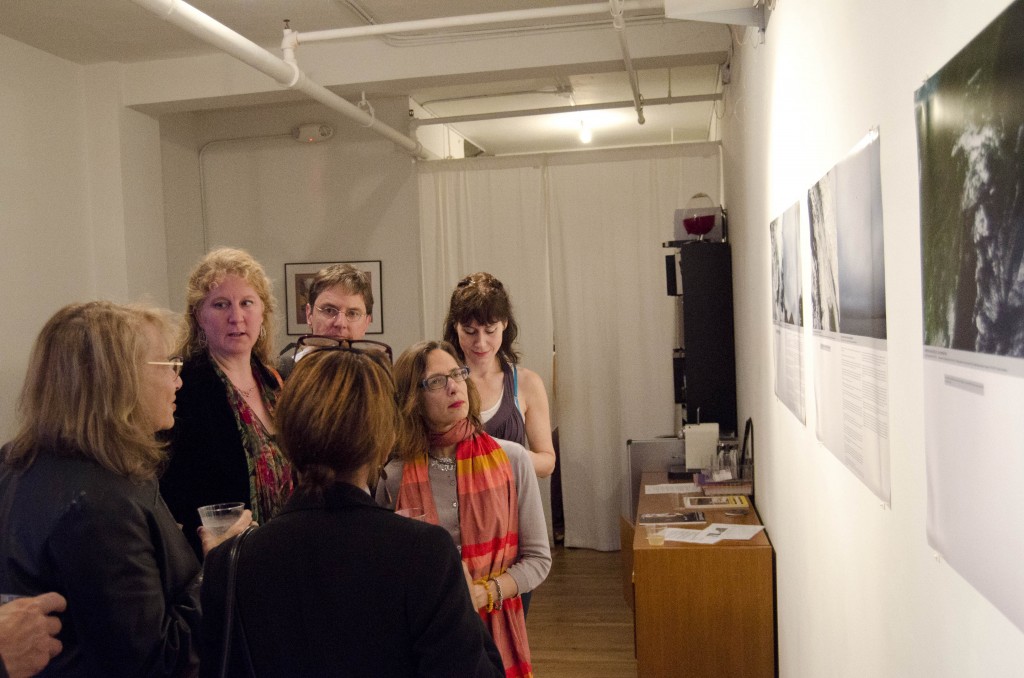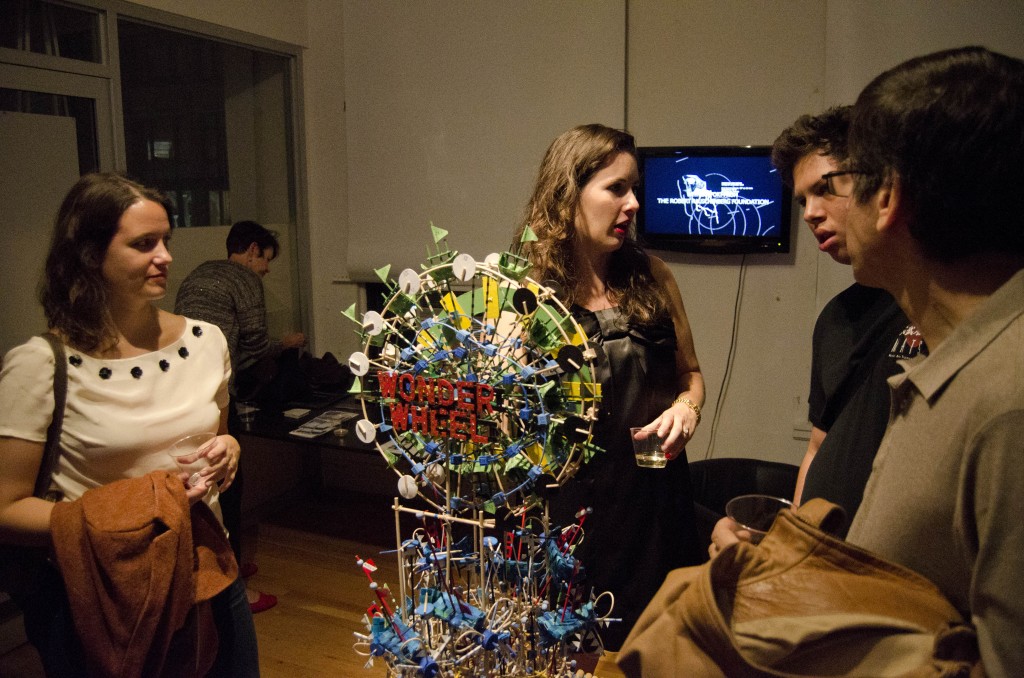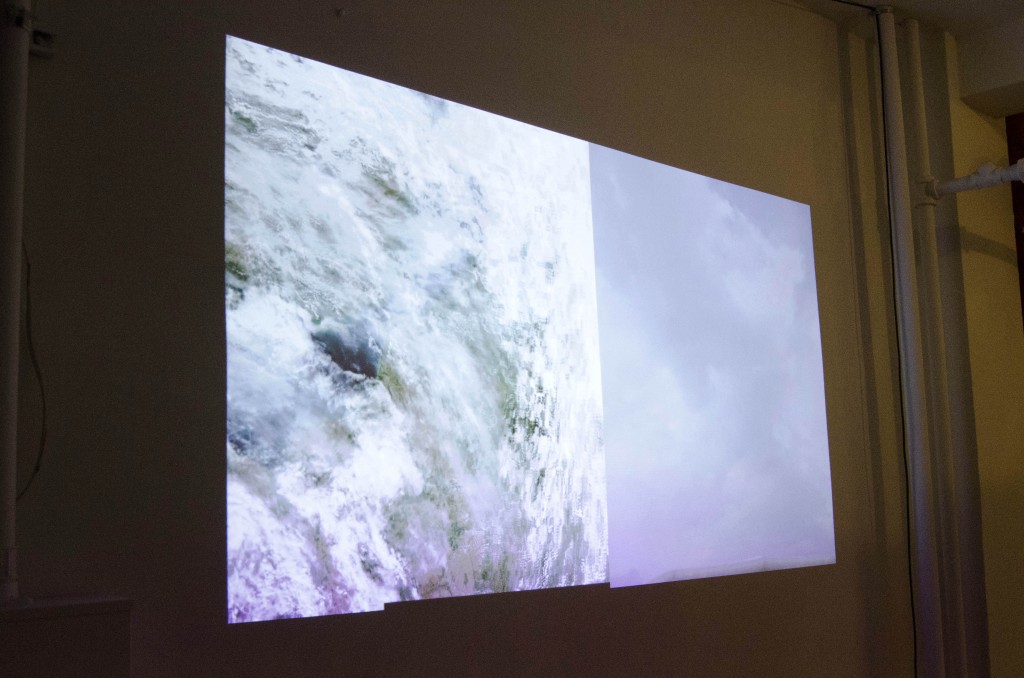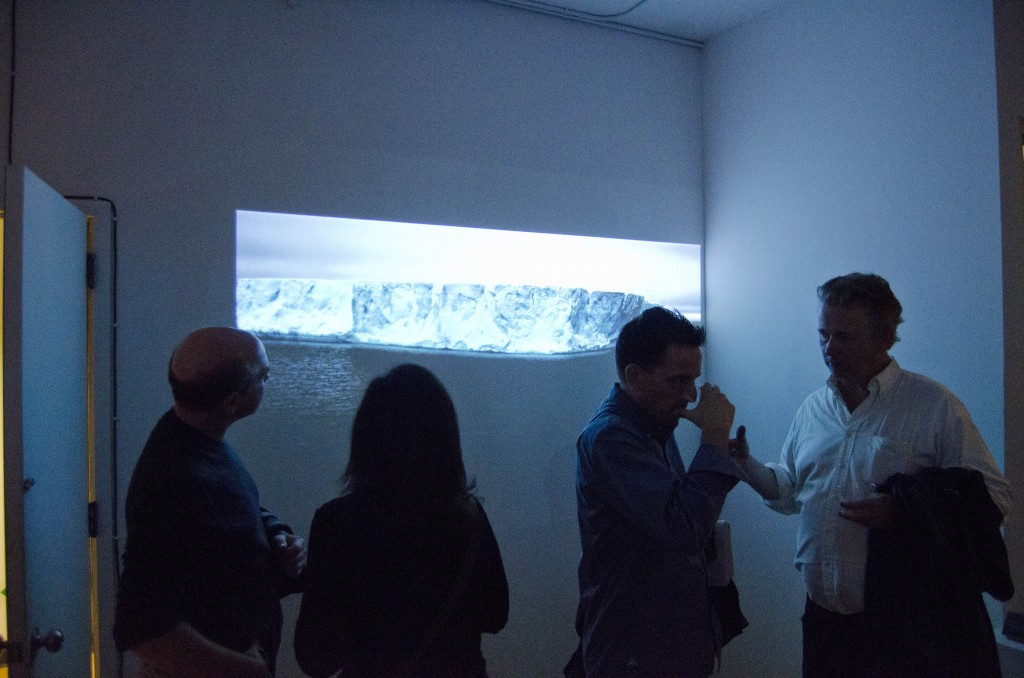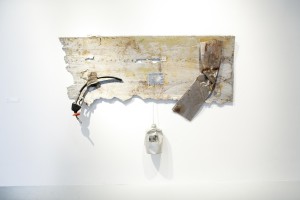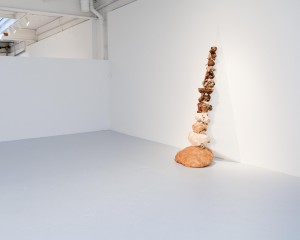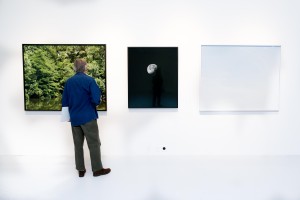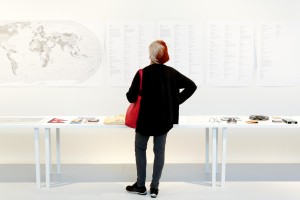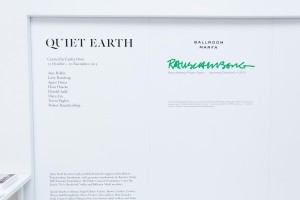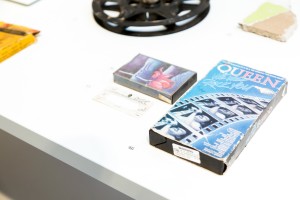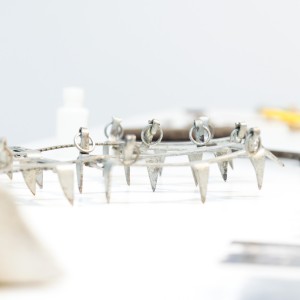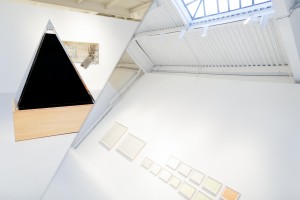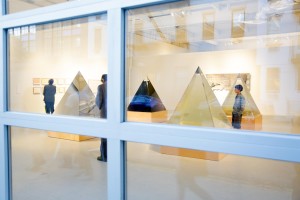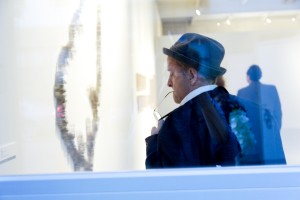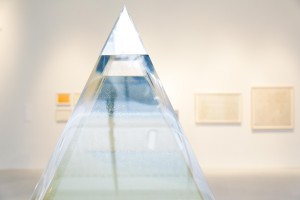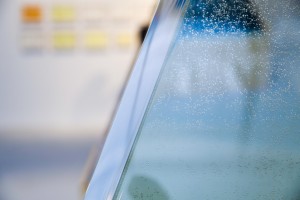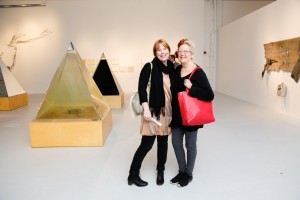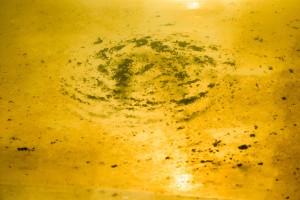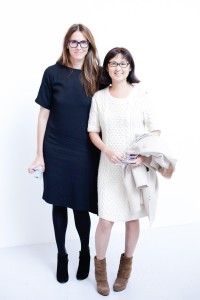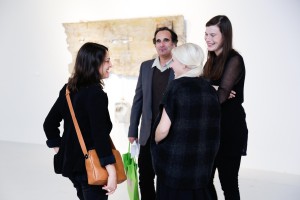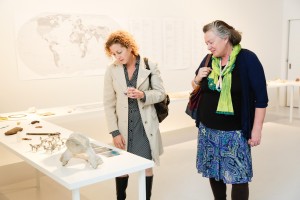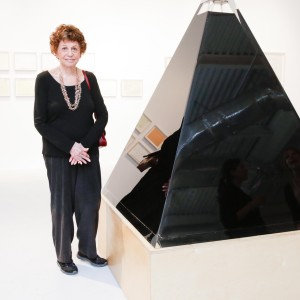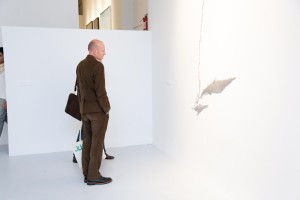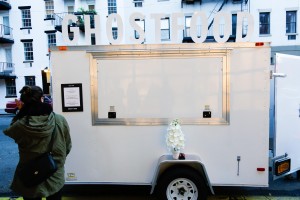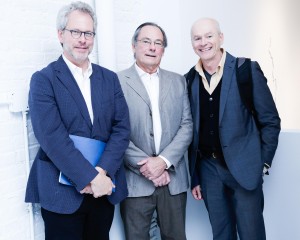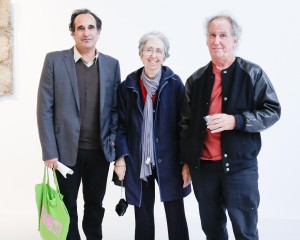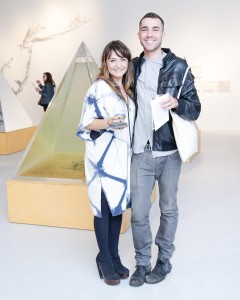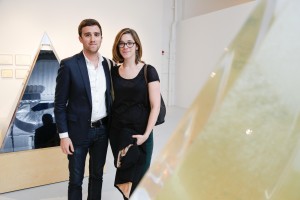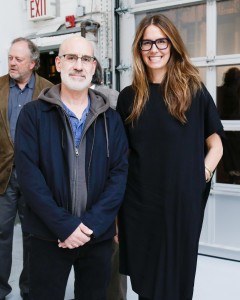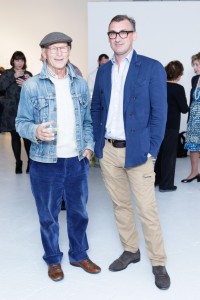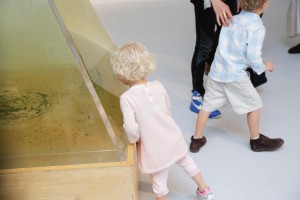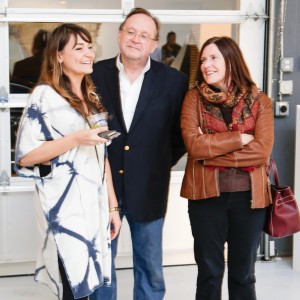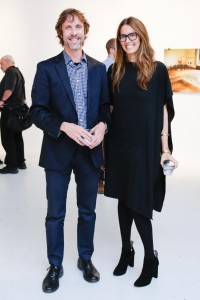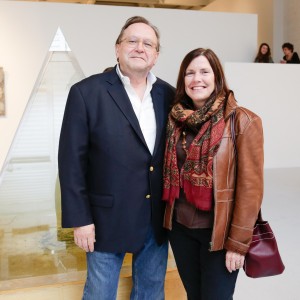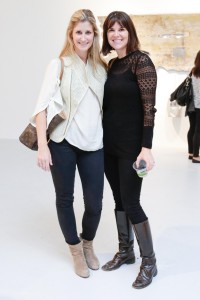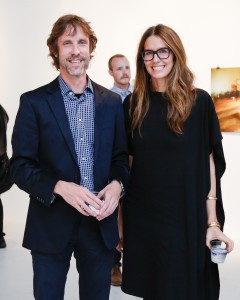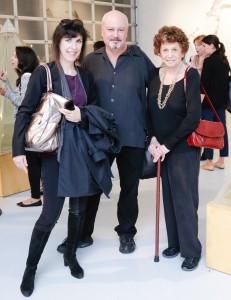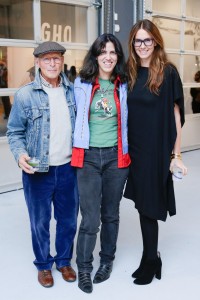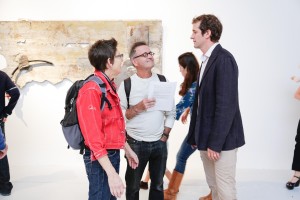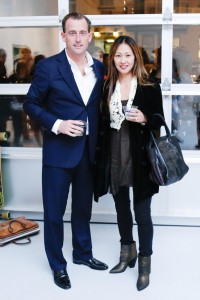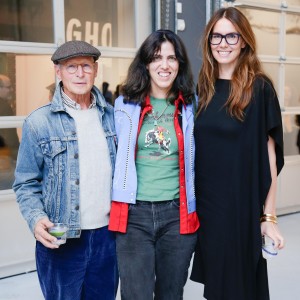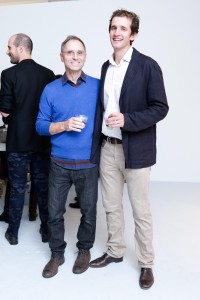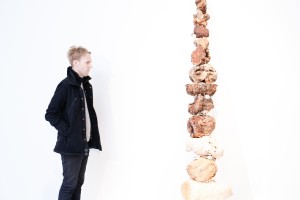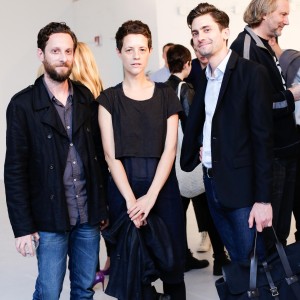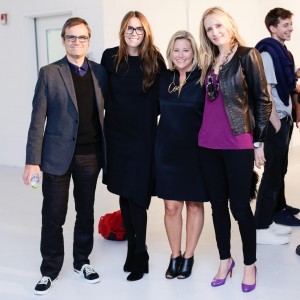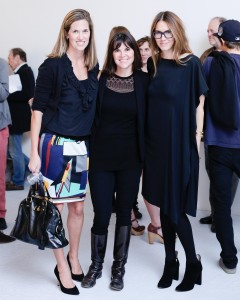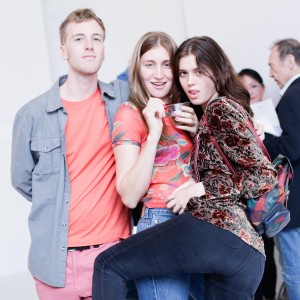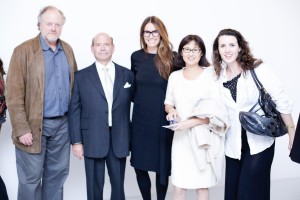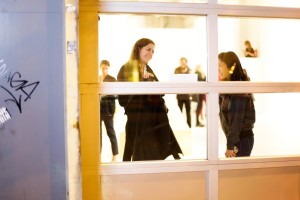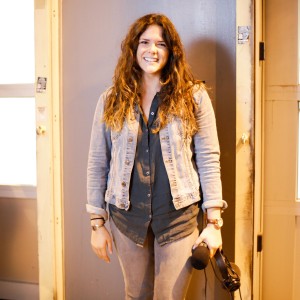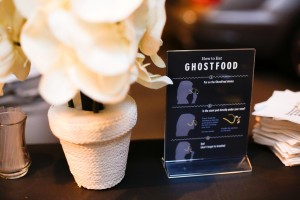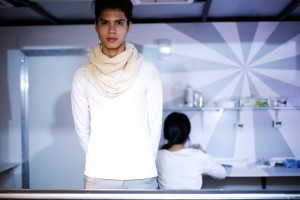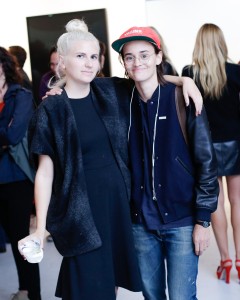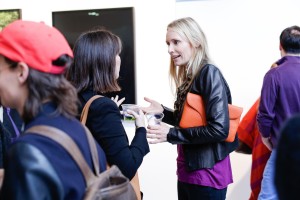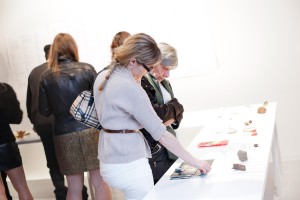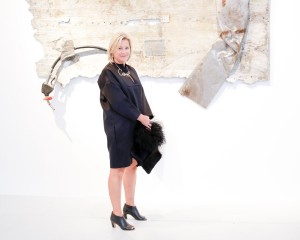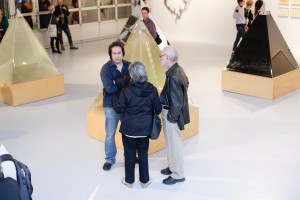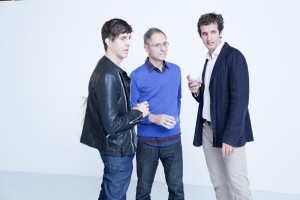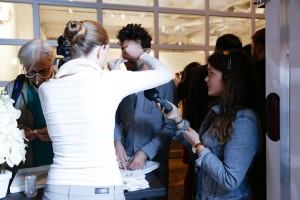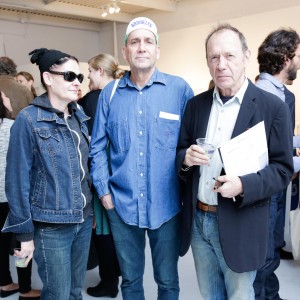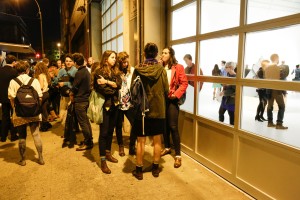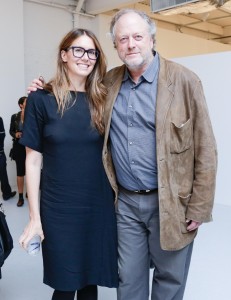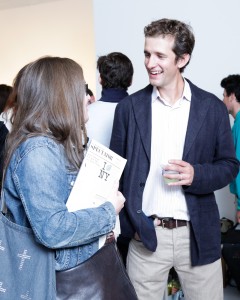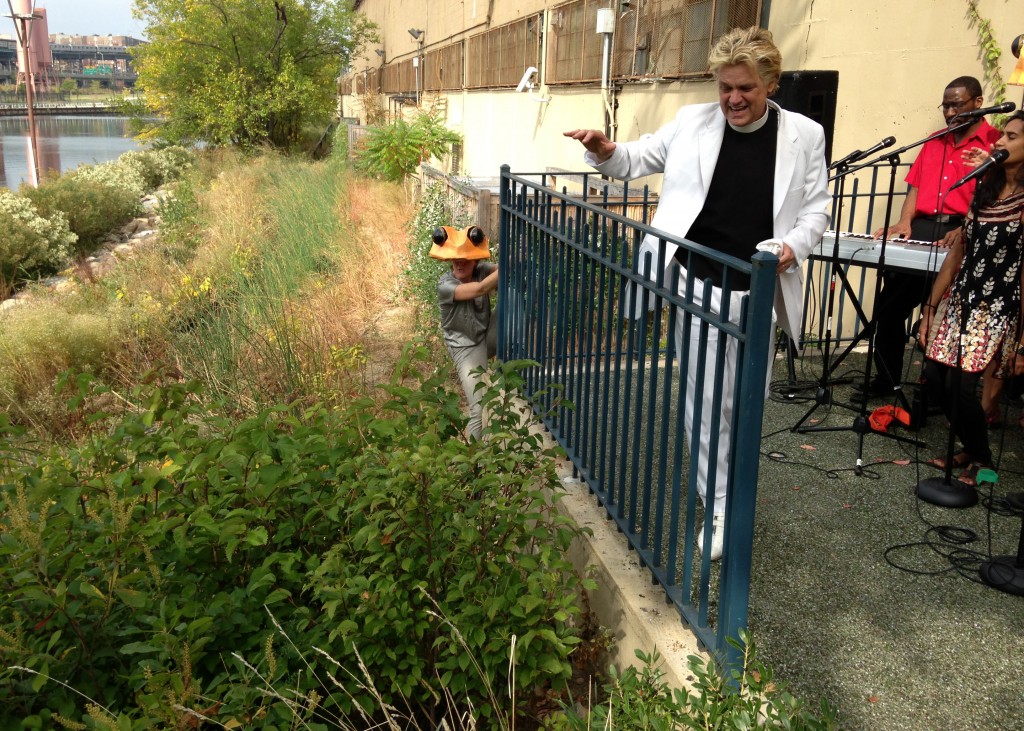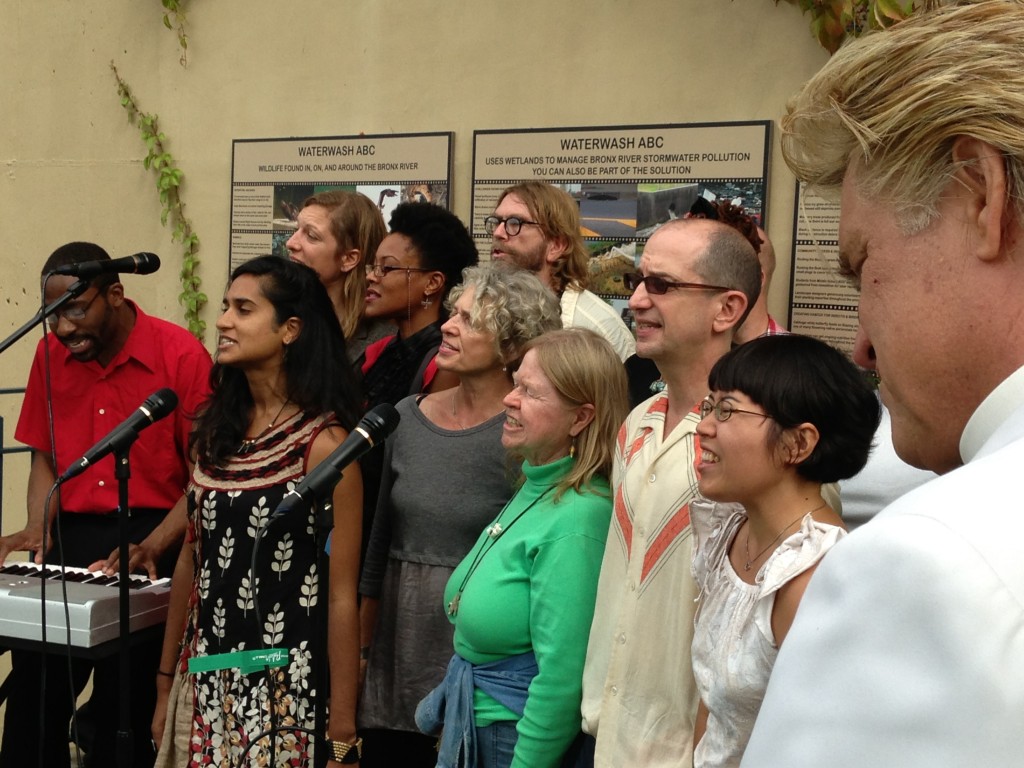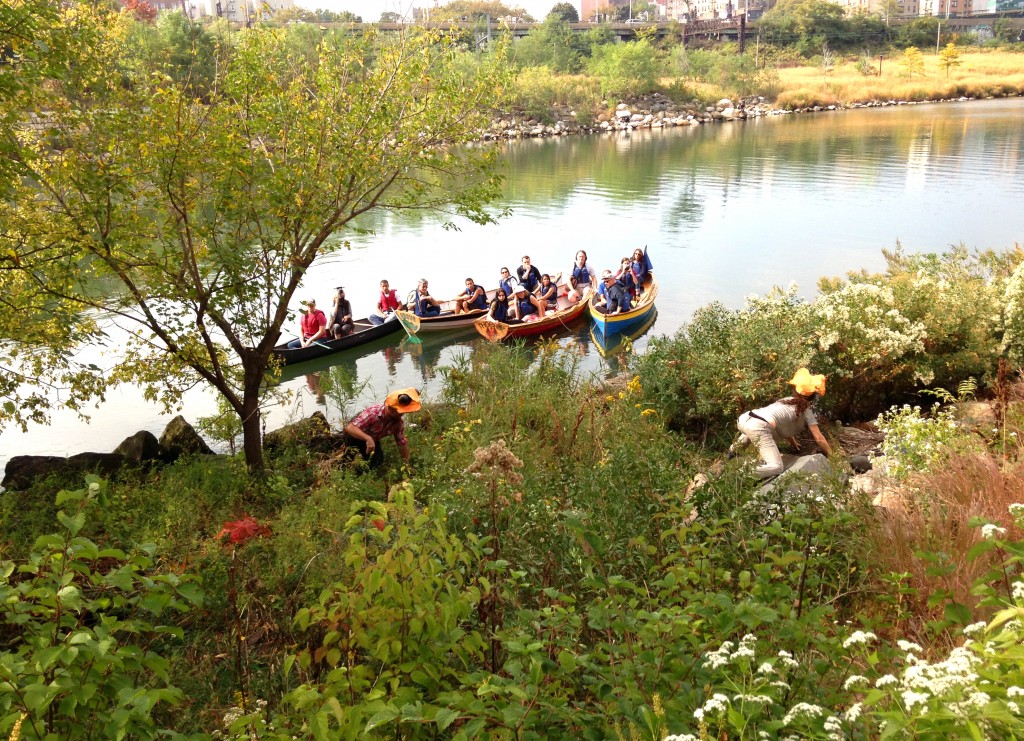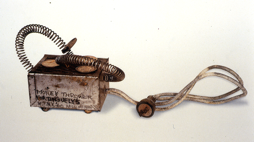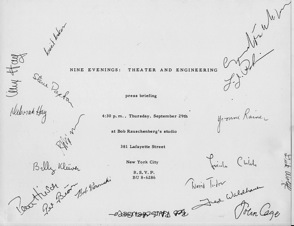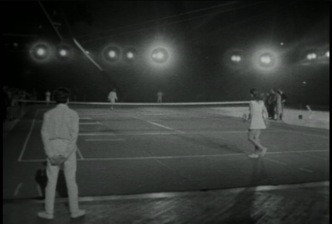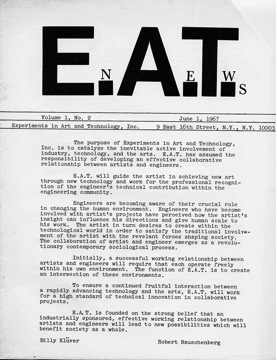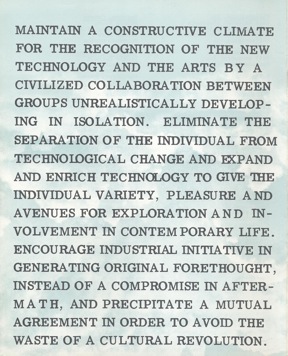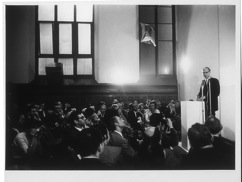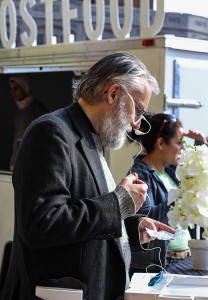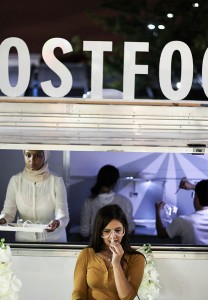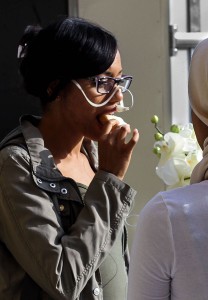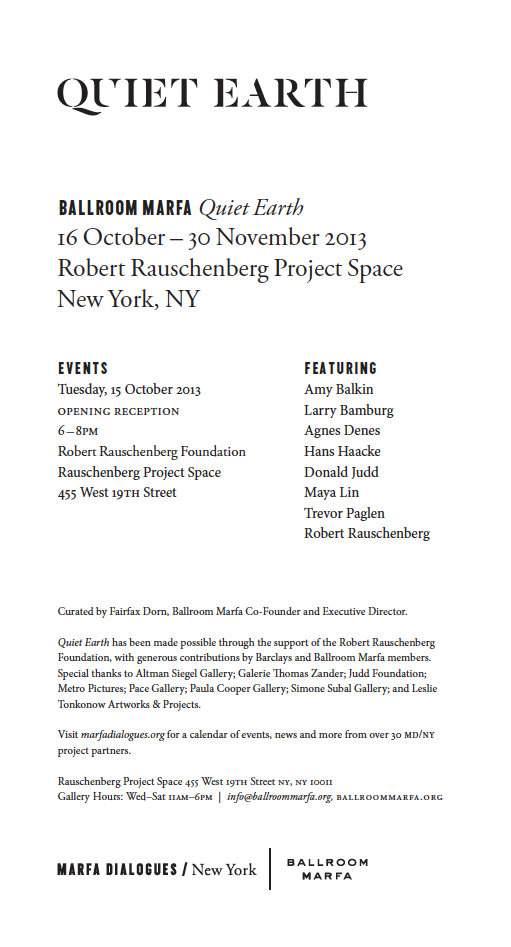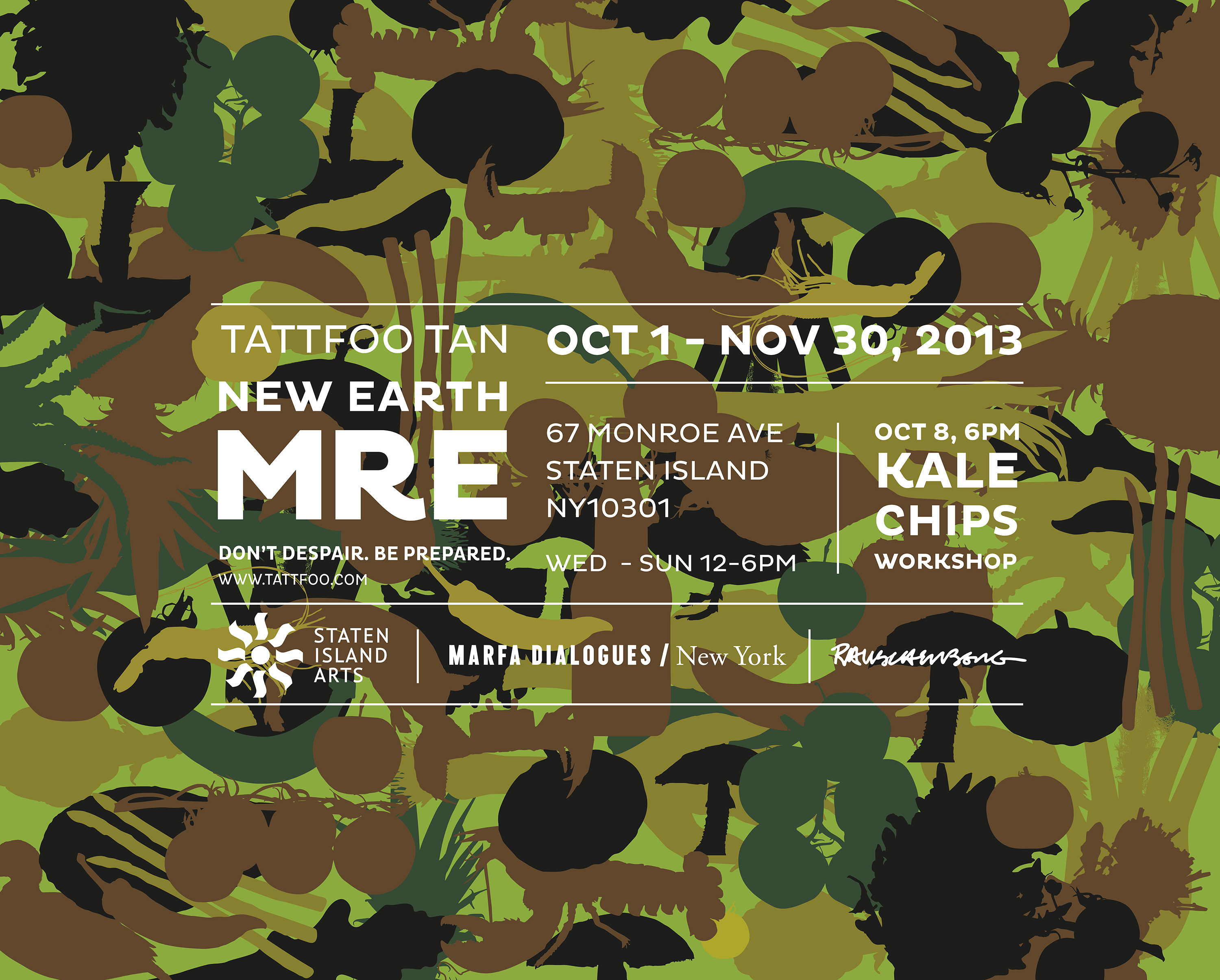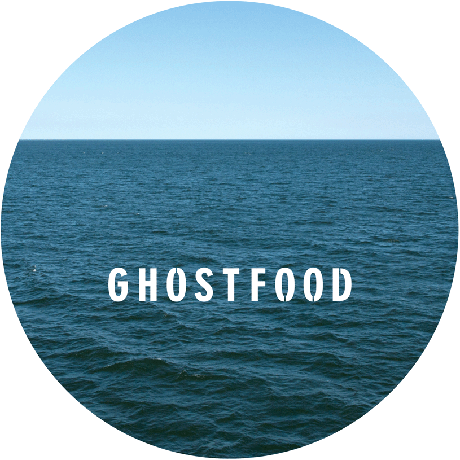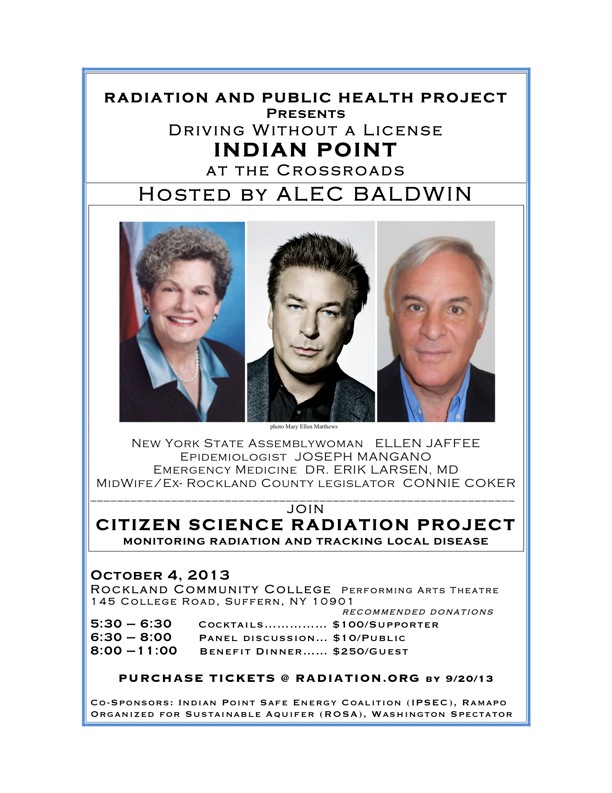FOR IMMEDIATE RELEASE
Monday, August 26, 2013
CONTACT
Nick Sifuentes, 310-866-1692, nick@berlinrosen.com
Marfa Dialogues/NY Releases Two-Month Schedule of Events Examining Climate Change Through Art, Activism and Science
More Than 30 Leading Cultural, Academic and Advocacy Organizations Involved in Interdisciplinary Project to “Spark a Citywide Conversation about Climate Change”
New York, NY – The Robert Rauschenberg Foundation, Ballroom Marfa and the Public Concern Foundation today released the calendar of events for Marfa Dialogues/NY, a two-month series of events beginning this October that will combine art, activism and science to bring together disparate audiences for a broader and deeper examination of climate change.
More than 30 of New York’s leading cultural and academic institutions are participating in Marfa Dialogues/NY, hosting a variety of events ranging from an installation on the High Line to a food truck that will provide an unconventional serving of foods vulnerable to climate change. The two-month calendar of events features a mix of environmental panels, live theatre, major art exhibitions, installations, community forums, musical performances and more – all accessible to the public and available via broadcast and digital media.
A calendar of events is available at www.marfadialogues.org. Program descriptions and dates from Ballroom Marfa and the original 18 partners are available below. More programs will be scheduled over the next several weeks as additional partners finalize their events and new partners join the project. Additional partners currently include BAM, WNYC, American Institute of Architects New York, the Judd Foundation, Creative Time, the Buckminster Fuller Institute, Hester Street Collective, Waterwash, EcoArtSpace, Dia Art Foundation, and Cape Farewell.
Marfa Dialogues was co-founded in 2010 by Fairfax Dorn of Ballroom Marfa, a leading contemporary arts center in Marfa, Texas, and Hamilton Fish of The Public Concern Foundation (PCF), a New York non-profit devoted to the advancement of public education around social and political topics. Marfa Dialogues was originally conceived as a symposium to broaden public exploration of the intersection of art, politics and culture. This year’s Marfa Dialogues/NY is made possible by a grant from the Robert Rauschenberg Foundation.
“Marfa Dialogues/New York is an effort to help broaden the public conversation around climate change,” said Hamilton Fish, President of PCF. “The special character of the project is that we engage artists and people from the creative community with journalists and scientists and other experts. The result is a more accessible public exploration of a complex but critical issue, and we reach a wider and more diverse audience.”
“We are thrilled to be able to expand the success and concept of the Marfa Dialogues from a small, rural artists’ haven to a large universe of diverse voices, audiences and culture,” said Fairfax Dorn, Executive Director of Ballroom Marfa. “Bringing the Marfa Dialogues to New York City has allowed us to connect perspectives and conversations on the issue of climate change, all the while creating an incredible web of remarkable partners with some of the nation’s most established cultural and academic institutions as well as with emerging organizations.”
“Our goal in supporting Marfa Dialogues/NY is to connect and amplify the voices in this city-wide conversation as people engage the issue of climate change through a cultural lens,” said Christy MacLear, Executive Director of The Rauschenberg Foundation. “Through Marfa Dialogues/NY we are not only carrying on Bob Rauschenberg’s commitment to the environment but also extending the discussion about climate change into new communities and inspiring innovative responses to this critically important issue.”
For the most current calendar of events and additional information about partners and programs, visit www.marfadialogues.org.
Ballroom Marfa
Oct. 15 – Nov. 30
Rauschenberg Project Space, 455 W. 19th Street
The Ballroom Marfa-curated visual art exhibition The Quiet Earth includes a major work by Robert Rauschenberg; architectural drawings of desert spaces by Donald Judd; works by Maya Lin, Amy Balkin and Hans Haacke and four large pyramid vessels by Agnes Denes in an exploration of human consciousness and our dialectical relationship with the planet.
Carbon Tax Center
Nov. 1, 2013
11 Hanover Square, 21st Floor, New York, NY 10005
Hosting a panel discussion to explore the implications of a possible U.S. carbon tax on the attitudes, beliefs and practices of Americans with respect to energy use, consumption and the natural world. The panel will feature individuals who are well versed in environmental history and advocacy from a variety of scientific, artistic and political backgrounds.
Gallery Aferro
Oct. 11, 6PM-10PM; Oct. 12, 12PM-6PM; Oct. 13, 11AM-4PM
Outside Gallery Aferro, 73 Market Street, Newark, NJ
Oct. 15, 6PM-8PM
Outside the Robert Rauschenberg Project Space, 455 West 19th Street, New York, NY
Presenting GhostFood, an installation and participatory performance by Miriam Simun and Miriam Songster that explores eating in a future of food scarcity and biodiversity loss caused by climate change. Traveling to several locations within the NY-NJ metro area, GhostFood will serve simulated taste experiences to the public out of a branded food truck. Simulations will center on the scents of foods threatened with extinction, employing a wearable headpiece to deliver the illusion of flavors that may soon be unavailable.
High Line Art
Ongoing Exhibition: Oct. 10 – Dec. 4, 5PM-10PM Daily
The High Line
Presenting Solar, an exhibition in video format featuring recent videos by acclaimed international artists who use their work to explore the spectacle of nature and the sense of cosmic stupor that captures humans when faced with the sublime vastness of our planet. Solar features works by Rosa Barba, Neil Beloufa, Camille Henrot and Basim Magdy.
Joe’s Pub at the Public Theater
Nov. 10, 7PM
425 Lafayette Street
Presenting Water Water Everywhere/Nay Any Drop To Drink, a multimedia song cycle performance by Nora York, an exploration of climate change and the world’s water supply inspired by George Fredric Handel’s Water Music. Using her unique form of compositional adaptation and appropriation, York will riff on Handel’s work with projected images from visual artists whose works engage water and the environment as a metaphoric landscape.
Mary Miss/City as Living Laboratory
Oct. 27, 12PM-4PM
Starting at Bowling Green – ending at 23rd St.
CaLL/WALKS, a program of BROADWAY: 1000 Steps, is a series of walks and panel discussions taking place along the length of Broadway between Bowling Green and 240th Street. The fall 2013 WALKS will afford artists an opportunity for preparatory dialogues with scientists and community representatives to bolster their vision, insights and creative thinking with technical and contextual information and feedback. Shifting Domains, a panel moderated by Suzaan Boettger, will examine the CaLL Framework as well as other artist strategies that are recasting the role of the artist as affective catalysts for social change.
Materials for the Arts
Ongoing Exhibition: Nov. 10AM-4PM; Open Studio: November 21, 6PM-9PM
33-00 Northern Blvd, Third Floor, Queens
In partnership with the NYC Center for Materials Reuse, MFTA is hosting “Waste Characterizations,” an analysis of the composition of donated items and volume of disposed waste. Findings from this study will result in an artists’ exhibit highlighting MFTA’s environmental impact and the value of reuse in NYC’s policies for climate change. To accompany the exhibit, a free public art workshop will be held to introduce the science of waste characterization and the concept of reuse to the NYC audience.
NRDC (Natural Resources Defense Council)
Nov. 4, 6PM-8PM
The Jerome L. Greene Performance Space, 44 Charlton Street
Two of the leading voices on the issue of climate change—artist and honorary NRDC Trustee Maya Lin and NRDC President Frances Beinecke—will discuss the critical role artists, advocates and scientists play in addressing climate change, the role of art in mobilizing and educating the public, and the great potential for environmentally focused artwork to affect climate change policy. The discussion will use two of Maya Lin’s most recent projects, What is Missing? and Greenprint For the Future, as examples of collaborations to engage the public about climate change.
Pratt Institute: Center for Social Inclusion
Oct. 29, 6PM-8PM
University Settlement House, 189 Allen St. #1
In collaboration with Pratt Programs for Sustainable Planning and Development’s RAMP Initiative, the Center for Social Inclusion will present “Our Climate, Our City, Our Future: Hurricane Sandy One Year Later,” a series of workshops at museums throughout New York City on recovery, adaptation, mitigation and planning with communities post-Hurricane Sandy. The workshops will include presentations from architects, artists and community activists on neighborhood development and re-development in communities most vulnerable to the effects of climate change.
SculptureCenter
Nov. 10 – Jan. 27
44-19 Purves St, Long Island City
Presenting the first U.S. solo exhibition of Danish artist Tue Greenfort, whose interdisciplinary practice deals with issues such as the public and private realm, nature and culture. A series of public programs, including panels with experts, artist conversations, and community workshops will focus on the history of environmentalism in relation to art and ecology in the United States and New York City in particular. Greenfort’s exhibition and the discussions hosted around it will seek to uncover parallels between art and ecology, presenting notions of nature, wilderness and natural resources.
Socrates Sculpture Park
Ongoing Exhibition, Opening: Oct. 5, 12PM
32-01 Vernon Blvd, Long Island City
Introducing a series of green roofs atop shipping containers that have been an architectural staple within the park for over two decades. In collaboration with a team of horticulturalists at Plant Specialists, NY-based artist David Brooks will “green” three containers into works of art that explore New York City’s strategy to reduce its carbon footprint through green roofs. Also on view in the park will be tree wood by Toshihiro Oki architect pc, a Broadway Billboard by Wangechi Mutu, and the 2013 Emerging Artist Fellowship Exhibition, featuring 15 new commissions by emerging artists.
Triple Canopy
Speculations (On Nature) – Oct. 26, 3PM
Robert Rauschenberg Foundation, 381 Lafayette Street
Speculations (The Climate) – Nov. 23, 3PM
155 Freeman St., Brooklyn
Presenting two roundtable discussions as part of Speculations, the organization’s ongoing investigation of the future and the demands it makes on the present day. The roundtables will consider climate-change adaptation and mitigation from scientific and artistic perspectives and survey a range of viewpoints on ecology and nature. In addition to the roundtables, Triple Canopy will publish a book in which artists, writers, technologists, economists, activists, and ecologists have been challenged to propose visions of the future in creative forms.
Pending Events
Columbia University: International Research Institute for Climate & Society and the Lamont-Doherty Earth Observatory
Presenting Climate Past, Present and Future, an installation and panel discussion. Along with photographs for the 2014 Climate Models calendar, which brings scientists and their research into the public view, a panel of four climate scientists will discuss ways to make study of our climate and adaptation to it more accessible and understandable.
Columbia University: The Earth Institute
PositiveFeedback, an initiative led by The Earth Institute of Columbia University, will host two events bringing artists and scientists together. The first is an original play, Don’t be Sad, Flying Ace!, performed by Superhero Clubhouse, a sustainable collective of artists and advocates working at the intersection of environmentalism and theater. This educational play is inspired by Charles Shultz’ iconic beagle and features a dog that perches on his doghouse as waters rise around him. It incorporates leading climate science on topics like sea level rise. The second event will be the latest edition of PositiveFeedback’s “Art/Science Speed-Dating,” an event designed to bring artists and climate scientists together to determine if there are “sparks” for future interdisciplinary collaboration.
Cooper Union: Institute for Sustainable Design
Hosting Emissions/Admissions, a panel discussion bringing together artists and greenhouse gas experts to discuss the study The Preliminary and Extended Reports on Ground-Level Ambient Methane Levels in Manhattan, which examines the impacts of greenhouse gases. An exhibition of works examining these impacts will accompany the panel discussion.
IMC Lab & Gallery
Opening Reception: Oct. 11, 7PM-9PM; Ongoing Exhibition.
56 W 22nd St, 6th Floor
“Climate, Data, Art: Seeing Measurements in New Ways” is an exhibition showcasing the work of data artists on the subject of climate change. Data-driven art is part of a growing movement of artists focusing on the graphic side of data analysis. The pieces included will illustrate climate change data in creative and informative ways, blending media and art genres, communicating issues we cannot grasp through statistics and data tables alone. The exhibition will be curated by Isabel Draves, Founder of LISA (Leaders in Software and Art).
The New School: Center for New York City Affairs
Hosting Food & Climate Change: Growing a Cultural Movement, a forum examining how locally designed and developed sustainable food-oriented solutions can help communities respond to the challenges of climate change. The forum will feature a diverse range of leaders and innovators who have engaged in explorations of climate change and the tools needed to create a culture of sustainability.
Storefront for Art & Architecture
Exploring the universal yet differentiated qualities of the natural, global phenomenon of weather – especially the connection between contaminated air and our efforts to condition, or control, the air. MODU’s Weather (Un)Control will present/create an installation that relates the control of weather with its contamination in both outdoor and indoor environments.
Superhero Clubhouse
In partnership with Columbia University Earth Institute/PositiveFeedback, Superhero Clubhouse will present a double bill: Don’t Be Sad, Flying Ace! and Field Trip (A Climate Cabaret). Superhero Clubhouse is a sustainable collective of artists and activists working at the intersection of environmentalism and theater. Field Trip is a mash-up of camp and crusade, featuring original songs, dance, storytelling and poetry. Inspired by Charles Shultz’s iconic beagle and incorporating leading climate science, Don’t Be Sad, Flying Ace! is a delightful tour-de-force about resilience and adaptation.
###
Marfa Dialogues / NY is an examination of climate change science, environmental activism and artistic practice happening this October and November, 2013 in New York City. A collaboration between the Robert Rauschenberg Foundation, Ballroom Marfa and the Public Concern Foundation, Marfa Dialogues / NY will feature 18 Program Partners and a spectrum of exhibitions, performance, and interdisciplinary discussions at the intersection of the arts and climate change. www.marfadialogues.org
















